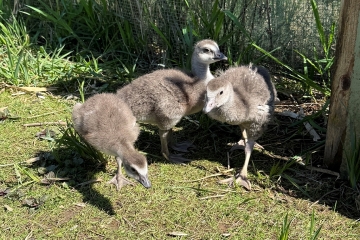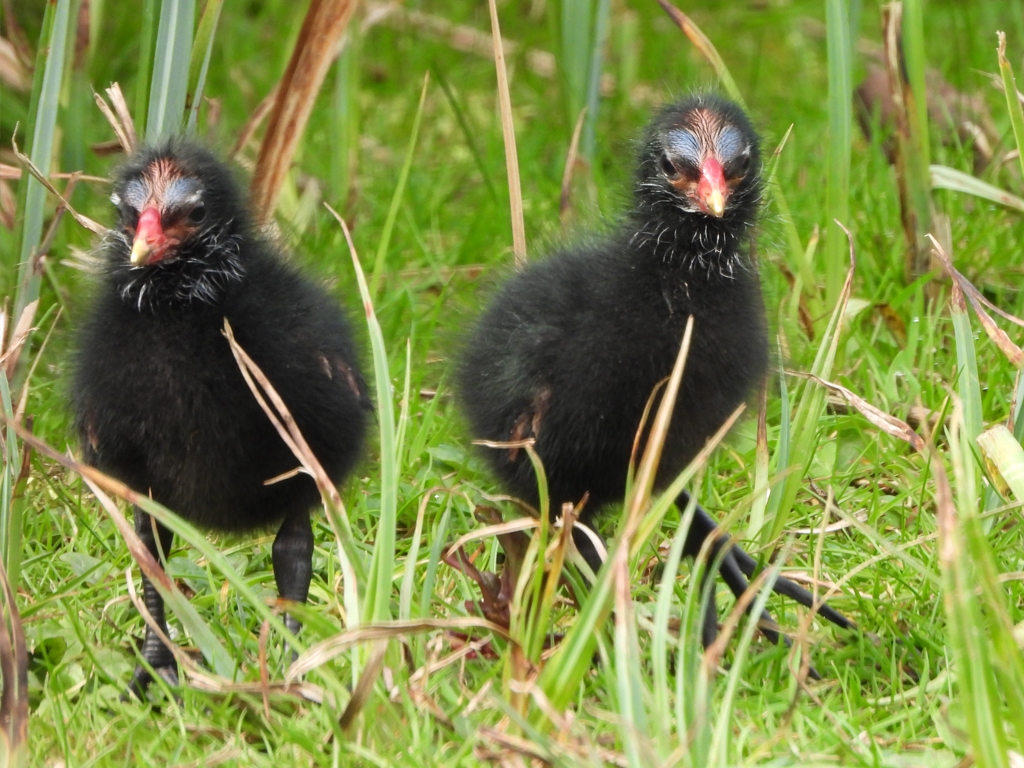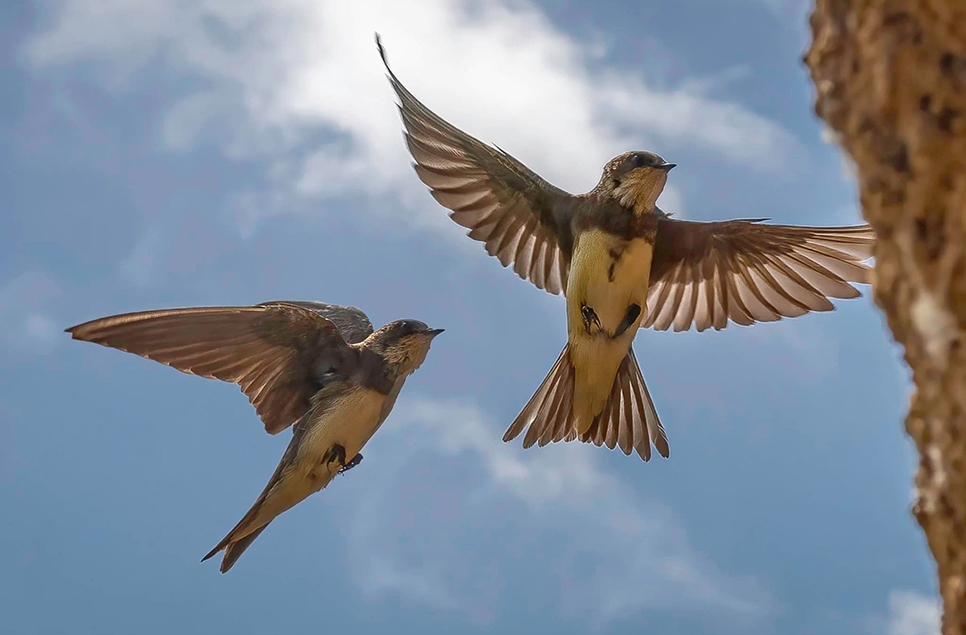Breeding success for harlequin ducks
Four eggs laid after a four year wait by the only harlequin ducks in the WWT collection
After a wait of four years, the only pair of harlequin ducks in the collection of the Wildfowl and Wetlands Trust has finally laid four fertile eggs at Arundel Wetland Centre.
The conservation charity acquired the male and female sea ducks in 2008.
Harlequins are difficult to breed in captivity and the pair had not produced any eggs before.
Phoebe Young, Aviculture Warden for the WWT, drove down from WWT Slimbridge Wetland Centre in Gloucestershire to collect the rare eggs last week.
Phoebe brought two portable travel incubators with her - if one incubator one broke down the rare eggs could be transferred to the other. Removing the eggs from the nest will encourage the ducks to lay more.
The four harlequin eggs will be monitored and hatched in WWT’s main duck nursery at WWT Slimbridge Wetland Centre.
The harlequin ducks at Arundel Wetland Centre live in a specialized pen with a waterfall and fast flowing stream that replicates their native habitats in Greenland, Iceland and Russia.
Although aviculture staff had introduced a variety of different nesting boxes into the pen to encourage the harlequins, the pair eventually nested on the ground near the water as they do in the wild.
Harlequins take three years to reach breeding maturity but they don’t breed every year.
“I think they were finally ready this year, all the factors seemed right to them” said Paul Stevens, Grounds Manager at Arundel Wetland Centre. “They gave us one egg for each year we waited.”
Two bronze wing eggs, two bufflehead eggs and 19 black-bellied whistling duck eggs accompanied the harlequin eggs in the travel incubator on this trip. These species are all difficult to breed in captivity.
The first batch of eggs the bronze wing ducks laid earlier this spring were all infertile. The two eggs that went to Slimbridge were the only fertile ones in a second batch of six.
A young bufflehead mother came off her six eggs one night and they were cold when staff found them in the morning. While ‘candling’ the eggs they saw movement in two and managed to save the eggs by quickly placing them in an incubator.
During the spring and summer breeding season WWT Arundel transports eggs from rare wildfowl species up to the main duck nursery at WWT Slimbridge each week in a travel incubator that plugs into the van they have nicknamed the ‘Egg Ambulance’.
Some species remain at Arundel Wetland Centre to hatch outdoors and be enjoyed by visitors to the reserve.




